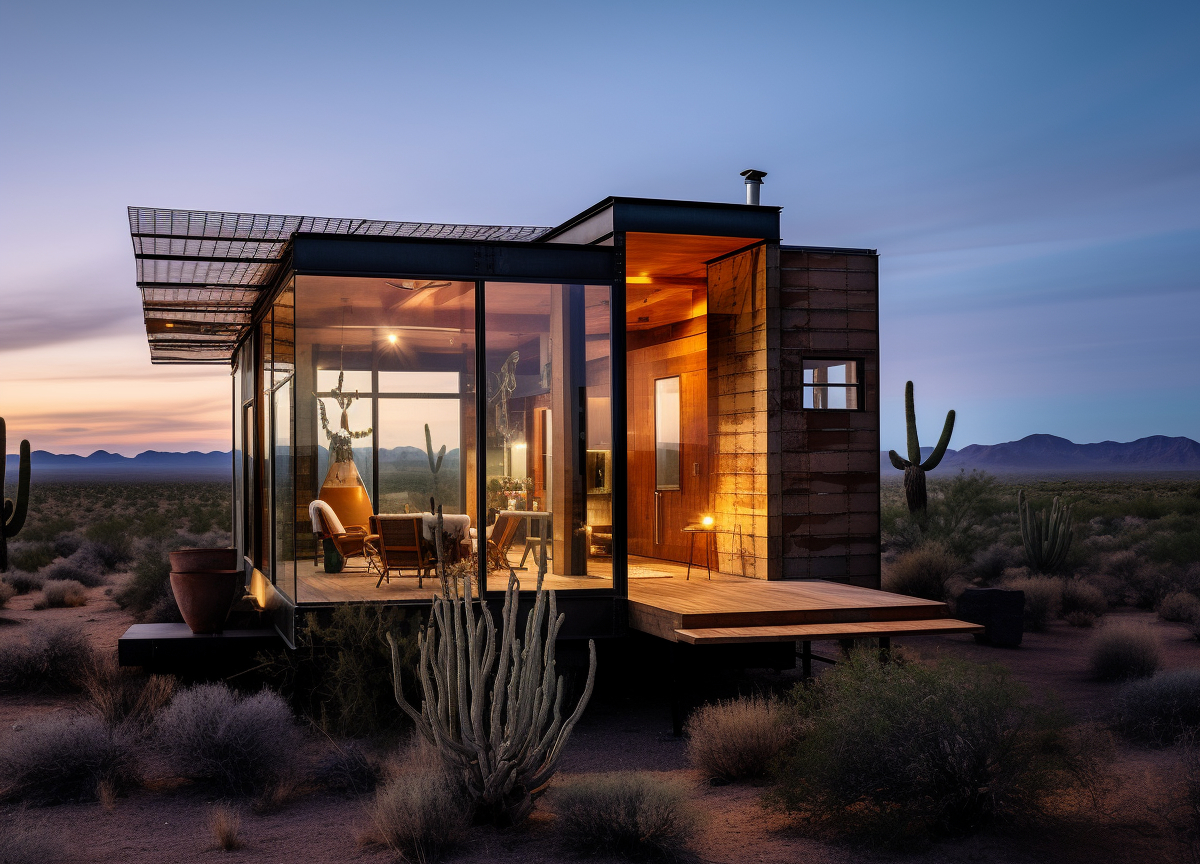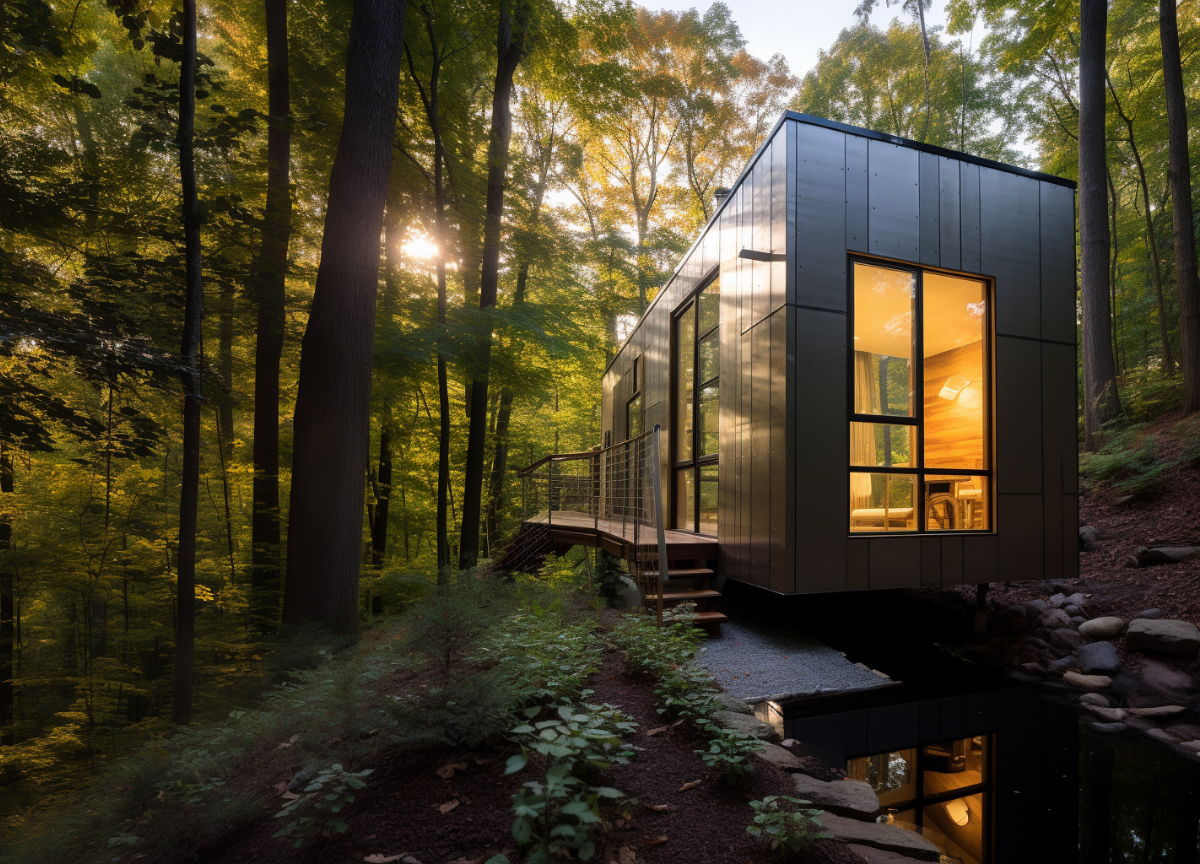5 key facts about this project
The 388 King Street project in Toronto responds to the city's urgent need for more urban density and multifunctional spaces. Located in the busy entertainment district, the high-rise combines office areas, retail outlets, and public spaces into one development. The design focuses on vertical growth, making good use of the limited space to create an engaging and accessible urban area.
Design Concept
The main strategy focuses on building up rather than out. The tall, slender shape of the building maximizes interior space while minimizing the impact on the surrounding neighborhood. This architectural approach aims to increase density while ensuring that the area remains accessible and user-friendly.
Spatial Organization
The design includes public areas like a street park and a podium park, which are essential to the overall urban landscape. These communal spaces promote social interaction and provide green areas in a predominantly concrete environment. They are intended to encourage relaxation and engagement, strengthening the link between the building and the people who use it.
Material Selection
A concrete exoskeleton supports the structure and adds to its visual character. This material choice enhances the stability of the tower while allowing for distinctive design elements. Energy-efficient LED lighting is integrated throughout the building, contributing to its sustainability and comfort.
Sustainability Initiatives
Sustainability is a core focus, with features such as low water fixtures designed to reduce consumption. The parking area is designed to hold around 2,160 vehicles and includes spaces for electric and autonomous vehicles. This planning anticipates future transportation needs while increasing the property's overall functionality.
Large windows punctuate the concrete exoskeleton, bringing in natural light and offering views of the city. These features help create a connection between the people inside and the lively surroundings outside.



























